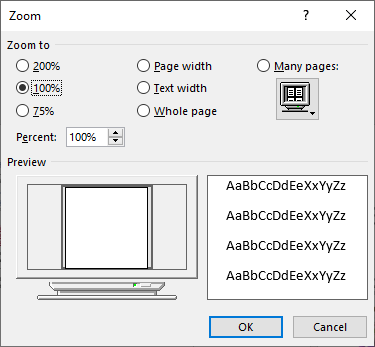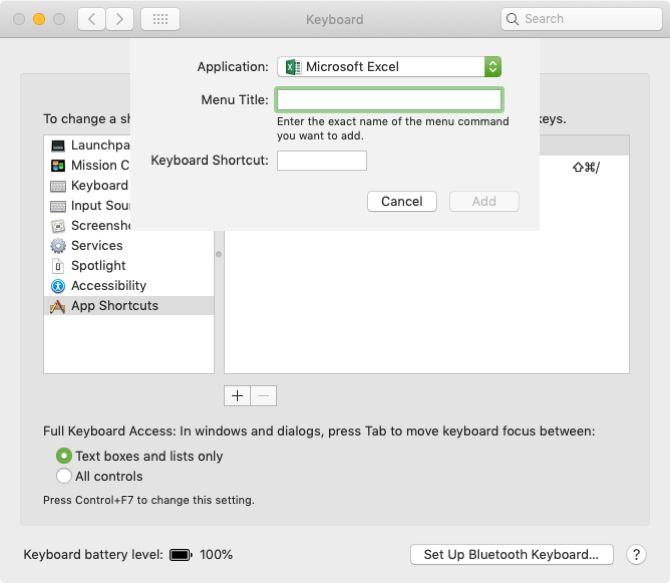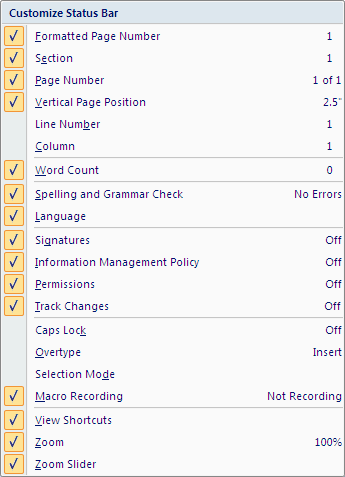

- #MS WORD FOR MAC ZOOM IN SHORTCUT FULL#
- #MS WORD FOR MAC ZOOM IN SHORTCUT CODE#
- #MS WORD FOR MAC ZOOM IN SHORTCUT WINDOWS#
For example, a useful lesser used shortcut is multi-cursor select.
#MS WORD FOR MAC ZOOM IN SHORTCUT CODE#
Probably trying to keep up with Visual Studio Code and Sublime. There has been more growth over the years better code typing workflow.

Dreamweaver shortcut keys still support a visual based approach with shortcuts to insert media and tables but this area hasn’t grown much. To use the zoom bar, click and drag the slider to the left or right to zoom out or in, respectively. It’s so common that Microsoft put a zoom bar on the right side of the status bar at the bottom of the window for quick access. These days as more people code and it’s not so far out the program and become less visual and more supportive of modern technologies such as code compiling and minification. The need to zoom in and out of a Word document is quite common. You saw the Matrix (that reference wasn’t out of date then and still witty). Suddenly coding isn’t such as scary thing and a binary universe opened up.

#MS WORD FOR MAC ZOOM IN SHORTCUT FULL#
But starting from a visual prompt was a gateway from graphic design to full on web development. From drawing out a table and making a change people would start to realise that it’s actually easier to just type out the code. You could draw out what you wanted but also look under the hood and build up an appreciation for how the HTML syntax works. Dreamweaver was one of the first programs that made it possible to build websites without any knowledge of code. It was very ahead of its time, probably as significant as WordPress. Place your cursor in the textbox next to Press new keyboard shortcut. In the commands list, look for ViewZoomIn.
If .PageColumns < 2 ThenĪ.Macromedia release Dreamweaver in 1997 and it became a standout part of the Adobe Creative Suite is 2005 after Macromedia’s buyout. Say within Word 2008, go to Tools -> Customize Keyboard.
I wrote the following macros (Stored in module "mZoom", which I assign to two keystrokes (Shit-Ctrl-PageUp and Shift-Ctrl-PageDown) to zoom in or out quickly: I've described those macros in an earlier WordTips: Īs described in that tip, all you need to do is to assign them keyboard shortcuts and you can easily zoom in and out with a single keypress. For that reason, I rely on a couple of custom macros to do my zooming. I also find that using the Zoom dialog box is a bit more involved than what I normally want to do. Personally, I find the Magnifier tool a bit clunky for this purpose-it magnifies (as its name says) it doesn't zoom.
#MS WORD FOR MAC ZOOM IN SHORTCUT WINDOWS#
Press the Windows key again and then the - (minus) key and the screen goes back to normal. You can kick the Magnifier tool into gear by holding down the Windows key (the one that has the Windows logo on it) and pressing the + key on the numeric keypad. You can display it using the keyboard by pressing Alt+W (which displays the View tab of the ribbon) and then pressing Q. Change your view Select the status bar buttons to switch between view options, or use the zoom slider to magnify the slide display to your liking. The first is to utilize the Zoom dialog box, which gives you precise control over the way you zoom. When you press Enter the settings are saved and the dialog box closed.Īnother approach is to rely on the accessibility features of Windows. PowerPoint for Microsoft 365 for Mac Discover contextual commands Select shapes, pictures, or other objects in. You can then use the Tab key to select different settings.
Click on Assign Click on Close (twice) Now if you press the shortcut key combination you chose, the zoom percentage dropdown will be selected and you can use the up and down arrows to select the zoom you want and pressThe first is to utilize the Zoom dialog box, which gives you precise control over the way you zoom. Put the cursor in the Press new shortcut key box Press the shortcut you want to use. There are a couple of ways you can approach this task. He wonders, though, if there is a keyboard shortcut that allows him to zoom in and out so that he doesn't need to use the mouse. Oliver knows he can use the scroll wheel on the mouse to zoom in and out in his documents.


 0 kommentar(er)
0 kommentar(er)
